Desert rose plants are popular among gardeners because of their striking appearance and low maintenance requirements. However, these beautiful plants are susceptible to a deadly fungal disease called root rot.
Root rot is a common problem that can cause wilted and weakened desert rose plants, ultimately leading to death. Understanding the effects of desert rose root rot is crucial for gardeners who want to keep their plants healthy and thriving.
Here we’ll explore the causes, symptoms, and treatment options of desert rose root rot. We’ll discuss the different types of root rot, how to prevent its spread and the importance of proper watering and drainage. We’ll also provide tips on reviving wilted and weakened desert rose plants and restoring them to their former glory.
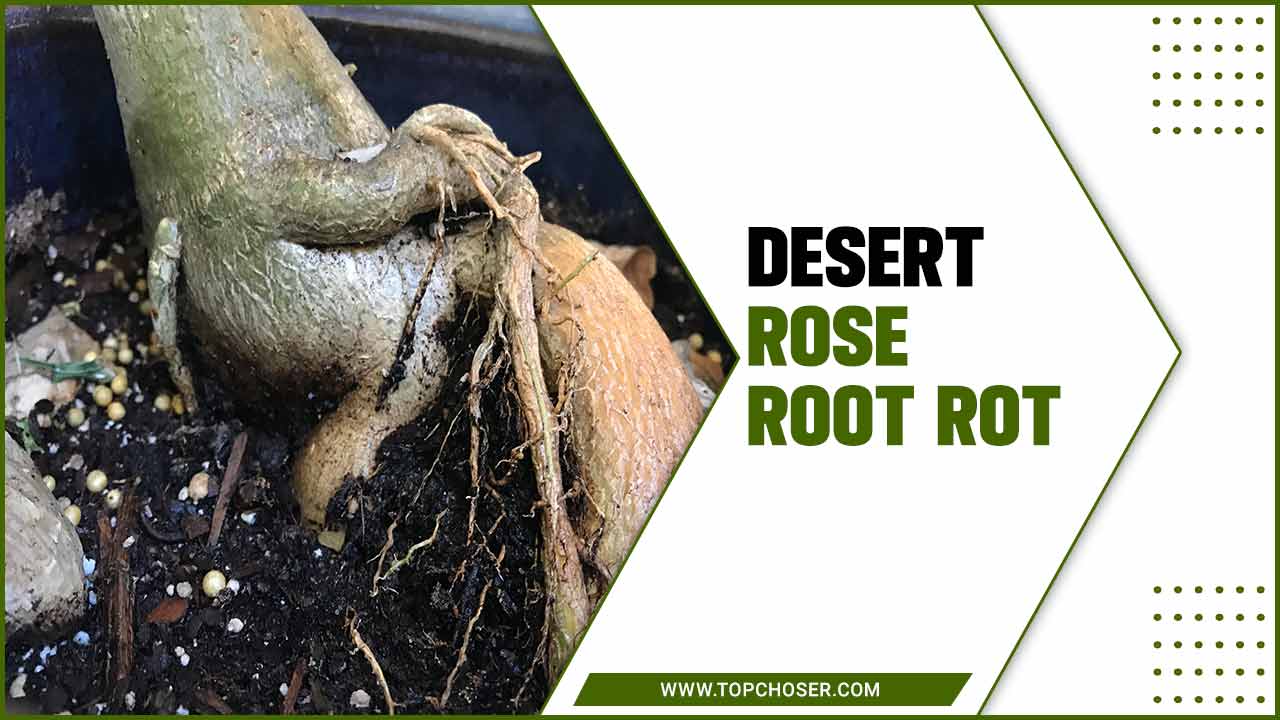
How To Prevent And Treat Desert Rose Root Rot
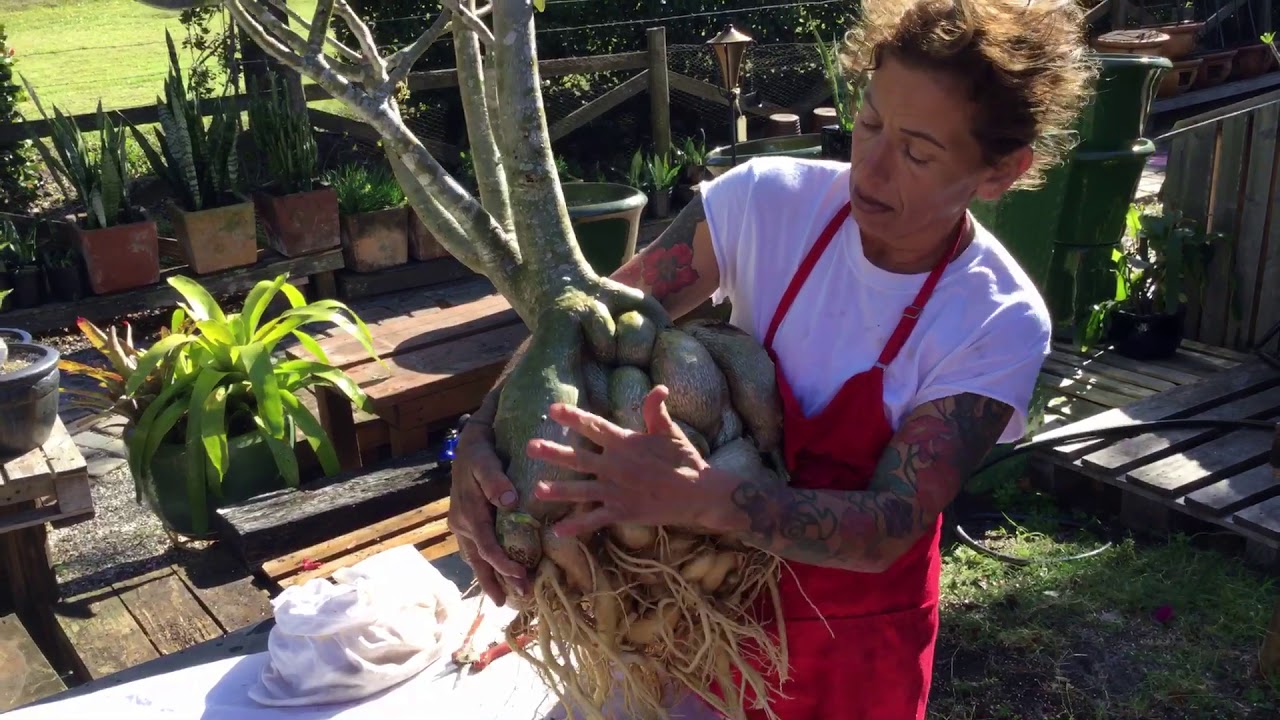
Desert Rose is a beautiful succulent plant that is popular for its ornamental value. However, like any other plant, it is susceptible to root rot. Root rot is a common problem that can occur due to overwatering or poor drainage. To prevent root rot in Desert Rose, it is important to ensure that the plant is not overwatered.
The soil should be allowed to dry out completely between waterings. In addition, the plant should place in a well-draining potting mix that allows water to drain away from the roots. It is also important to avoid getting water on the leaves as this can lead to fungal infections.
If root rot does occur, it is important to treat it as quickly as possible to prevent the plant from dying. The first step is to remove the plant from its pot and inspect the roots. Any roots that are brown and mushy should be removed using a clean, sharp pair of scissors. The remaining roots should be treated with a fungicide, and the plant should be repotted in fresh potting mix.
Desert Rose is a succulent plant famous for its beautiful flowers and unique root structure. Root rot can be a common issue with Desert Rose Root Rot plants, but you can employ several preventative measures and treatment options to prevent and treat this problem.
1. Well-Draining Soil
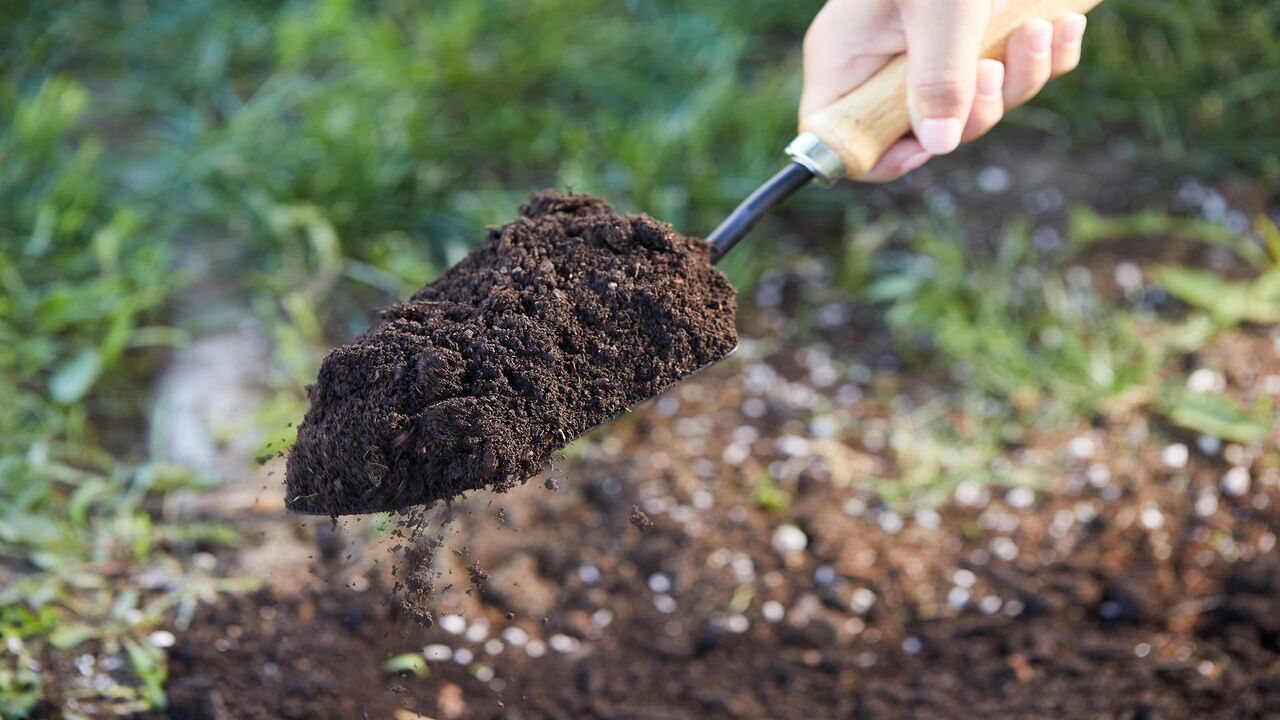
Well-draining soil is crucial for preventing root rot in desert rose plants. Desert roses, scientifically known as Adenium obesum, are succulent plants native to arid regions. They have adapted to survive in dry conditions, and excessive moisture can lead to root rot, a fungal disease that can be fatal. When the soil is waterlogged, it suffocates and decays the roots, causing root rot.
Well-draining soil must allow excess water to flow away from the roots. A mix of cactus soil, perlite, and sand can create a suitable medium for desert roses.
Additionally, it is important not to overwater the plant and to ensure proper drainage in the pot or planting area. Regularly checking the moisture level and adjusting watering practices can help prevent root rot and promote the health of desert rose plants.
2. Watering Practices
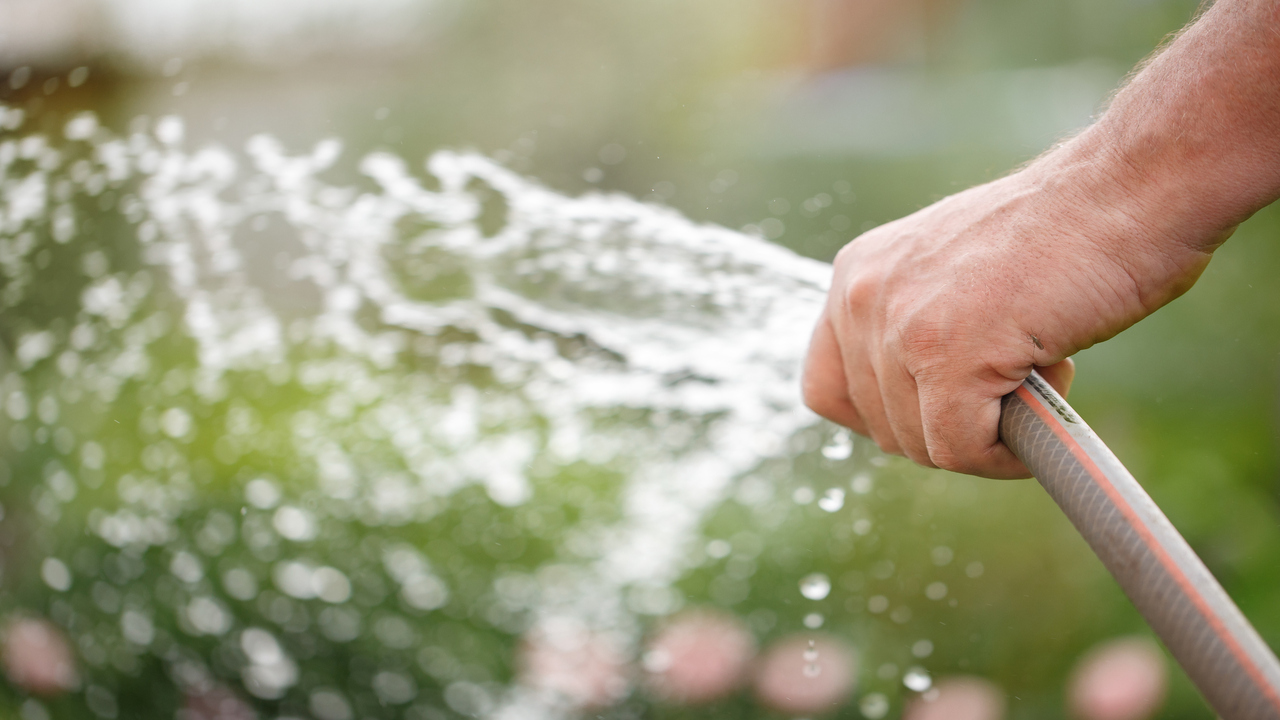
Watering practices are crucial for preventing root rot in Desert Rose plants. These succulents require well-draining soil to avoid waterlogged roots. Overwatering is a common mistake that can lead to root rot. Watering the plant deeply but infrequently is essential, allowing the soil to dry out between waterings. To determine when to water, check the moisture level by inserting your finger into the soil.
If it feels dry up to a couple of inches deep, it’s time to water. Use a watering can or a hose with a gentle flow to avoid excessive saturation. Additionally, it’s advisable to water the base of the plant, avoiding the leaves, as wet foliage can promote fungal growth. These watering practices can help maintain a healthy Desert Rose plant and prevent root rot.
3. Pot Selection
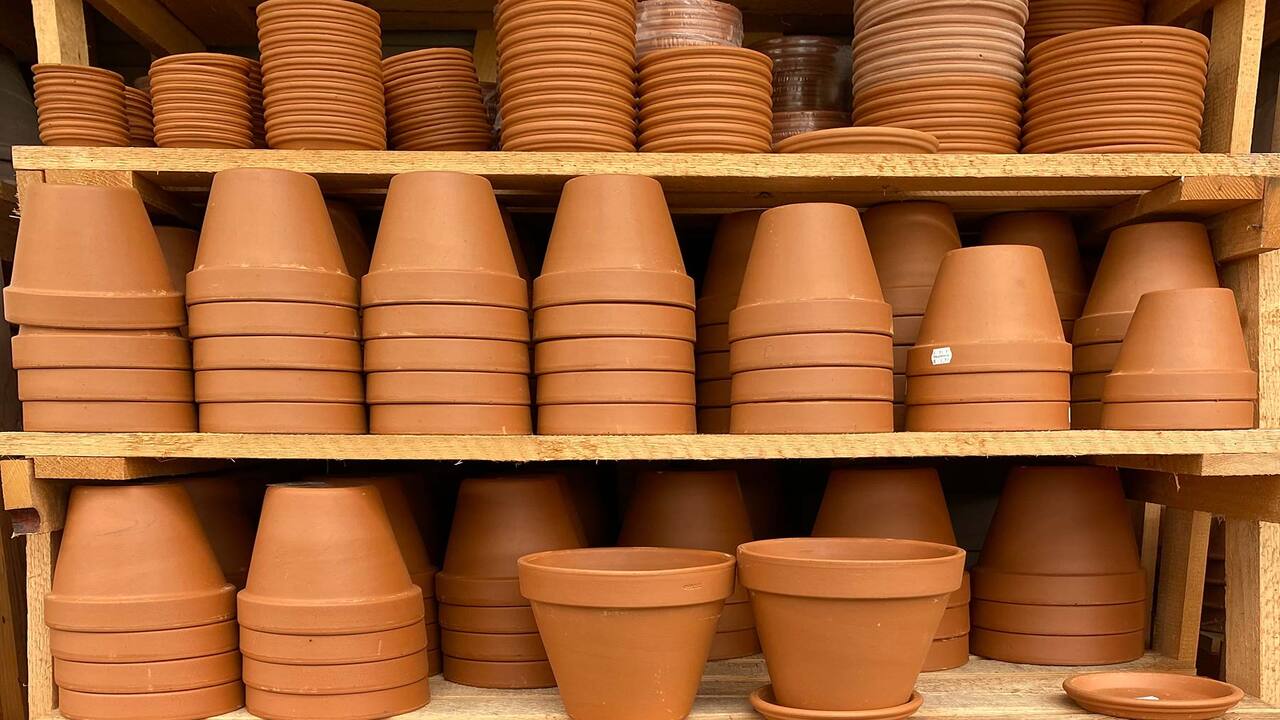
When selecting a pot for your Desert Rose plant, it’s essential to consider the potential issue of root rot. Exposing roots to excessive moisture constantly leads to decay, ultimately harming the plant in a condition called root rot. To prevent root rot, choose a pot with drainage holes at the bottom, allowing excess water to escape.
Select a pot made of porous materials like clay or terracotta, as they promote better airflow and help to prevent waterlogged soil. Additionally, consider using a well-draining soil mix specifically formulated for succulents, which will further prevent excess moisture. Regularly inspect the plant’s roots for any signs of rot and adjust watering accordingly to maintain a healthy balance for your Desert Rose.
4. Adequate Sunlight

Adequate sunlight is crucial for the health of desert rose plants and can help prevent root rot. Desert roses thrive in bright sunlight and require at least six hours of direct sunlight per day. Sunlight not only aids in photosynthesis, which is vital for plant growth, but it also helps dry out the soil and prevent excess moisture that can lead to root rot.
Root rot is a common fungal disease that affects the roots of plants, causing them to decay and eventually die. Adequate sunlight promotes good air circulation and evaporation, reducing the risk of root rot by maintaining a drier environment. Therefore, it is important to ensure that desert roses receive sufficient sunlight to promote their health and prevent root rot.
5. Proper Ventilation

Proper ventilation is crucial in preventing and mitigating Desert Rose Root Rot. This fungal disease, caused by Phymatotrichum omnivore, affects the roots of Desert Rose plants in arid environments. Insufficient airflow and high humidity levels create favourable conditions for the pathogen’s growth. To combat root rot, ensure adequate ventilation by providing well-spaced plant placement, using fans or natural air circulation, and avoiding overcrowded conditions.
Increase air movement by opening windows or using ventilation systems, especially in enclosed spaces like greenhouses. Regularly inspect plants for early signs of root rot, such as yellowing leaves or wilting, and promptly remove and destroy infected parts to prevent further spread. Effective ventilation plays a significant role in maintaining a healthy Desert Rose and minimizing the risk of root rot.
6. Fungicide Treatment
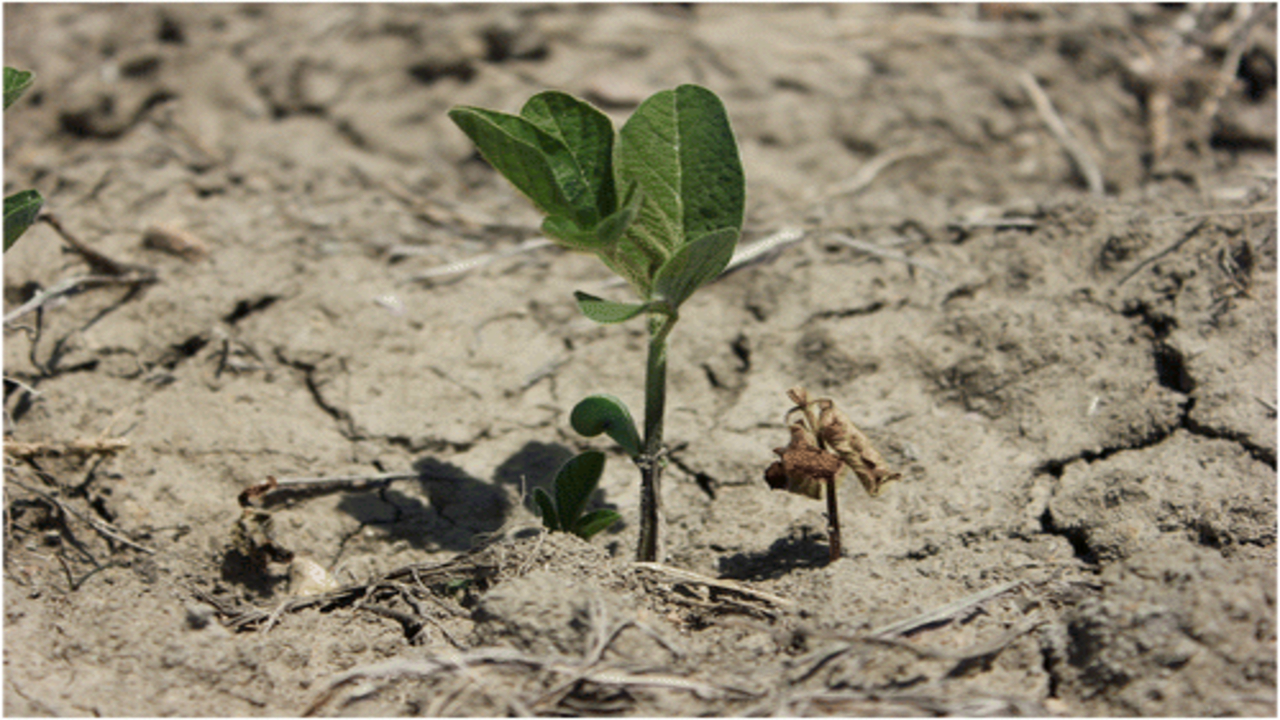
Fungicide treatment for Desert Rose root rot can be an effective way to combat this common problem. Fungal pathogens, such as Fusarium or Pythium species, often cause root rot in Desert Rose plants. Identifying the specific fungal pathogen involved is crucial to treat root rot. Once identified, appropriate fungicides can use to control the infection.
Fungicides containing active ingredients like thiophanate-methyl or metalaxyl can apply as a drench to the soil, targeting the roots. It is essential to follow the instructions on the fungicide label and apply it at the recommended dosage and frequency. Regular monitoring and proper cultural practices, such as removing infected plant material, can help manage and prevent root rot in Desert Rose plants.
7. Repotting
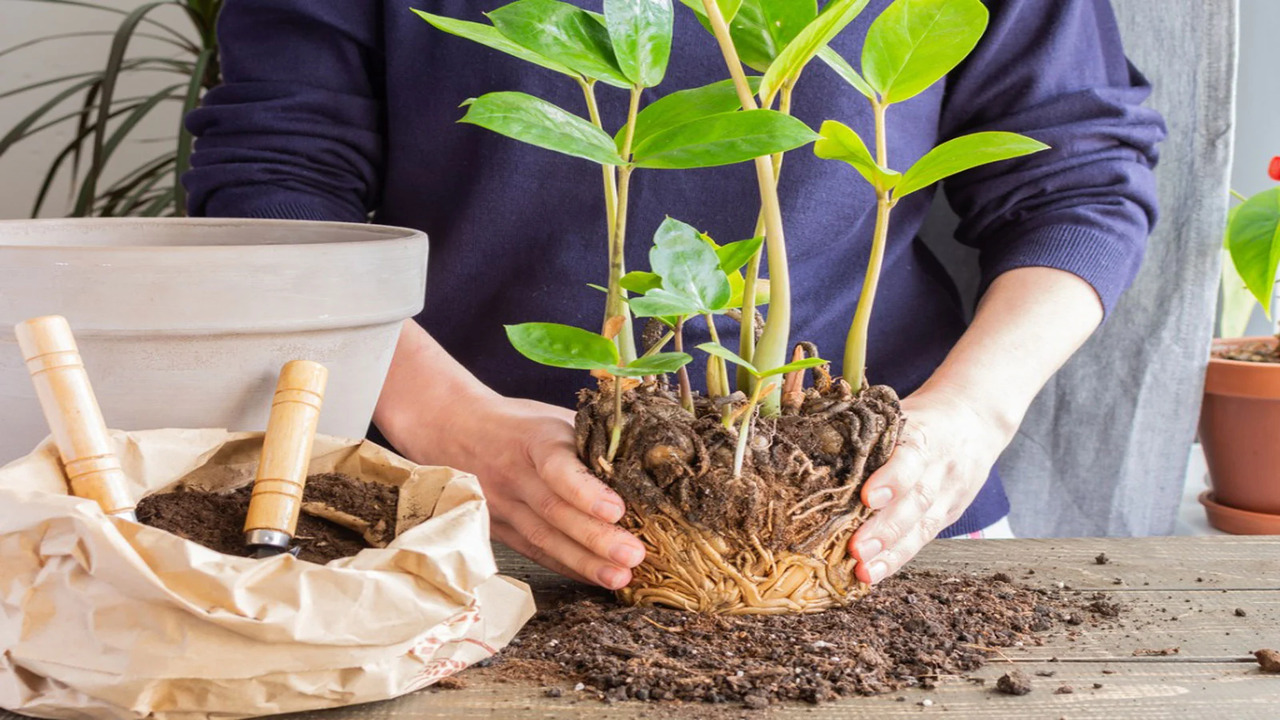
Repotting Desert Rose to address root rot is essential for the plant’s health. Start by gently removing the plant from its current pot, careful not to further damage the fragile roots. Inspect the roots for signs of rot, such as mushy or discoloured sections. Trim away any affected roots with clean, sharp shears. Prepare a new pot with a well-draining soil mix, ensuring it has suitable drainage holes.
Place the plant in the new pot, making sure the root ball is centred, and the plant is at the same depth as before. Fill in with fresh soil, pressing it gently around the roots. Water sparingly and avoid overwatering to prevent future rot. Provide adequate sunlight and closely monitor the plant’s progress for signs of recovery.
The Effects Of Desert Rose Root Rot
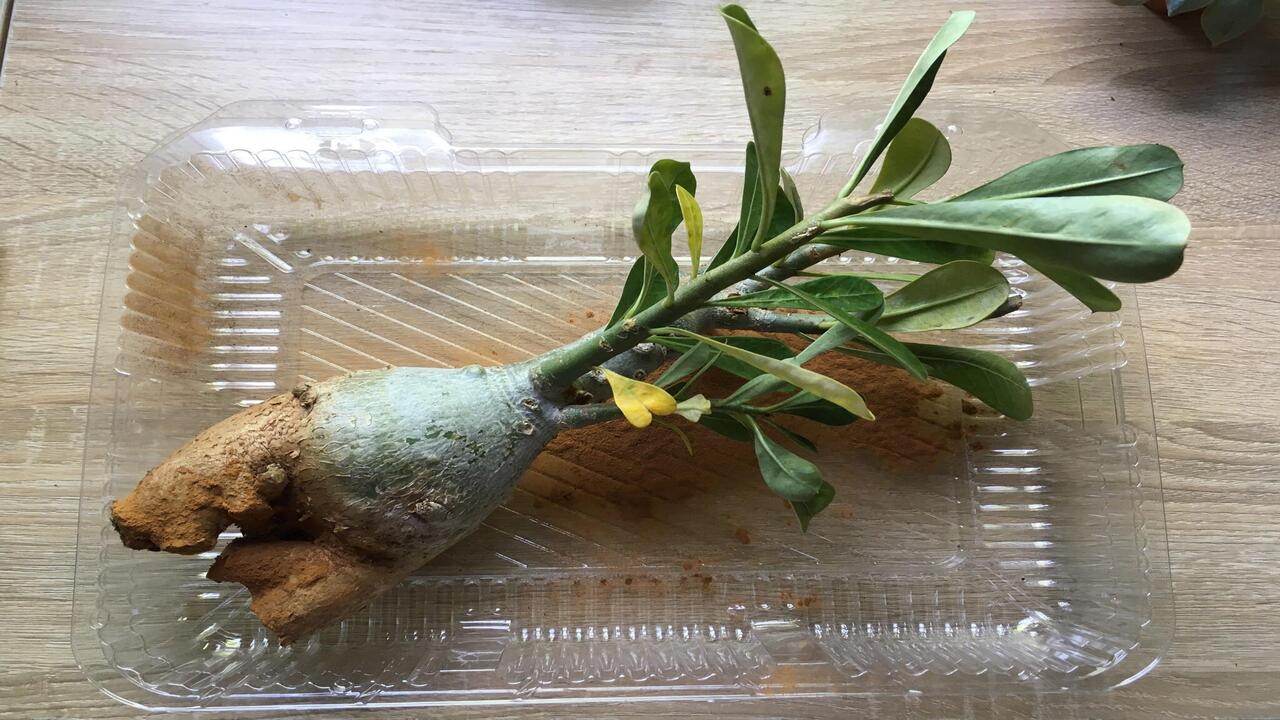
Desert rose root rot, also known as Fusarium oxysporum, is a fungal disease that affects the roots of desert rose plants. This disease can cause significant damage to the plant, ultimately leading to its death if not addressed promptly.
The effects of desert rose root rot can be seen in the yellowing of leaves, stunted growth, and plant wilting. The fungus invades the plant’s roots and blocks the transportation of water and nutrients to the rest of the plant. This makes the plant weak and susceptible to other diseases and pests.
The spread of desert rose root rot can be prevented by maintaining proper soil drainage, avoiding overwatering, and using a high-quality soil mix. If the disease is already present, it is best to remove the infected plant and its soil to prevent the fungus from spreading to other plants.
Caring For Desert Rose After Treating Root Rot
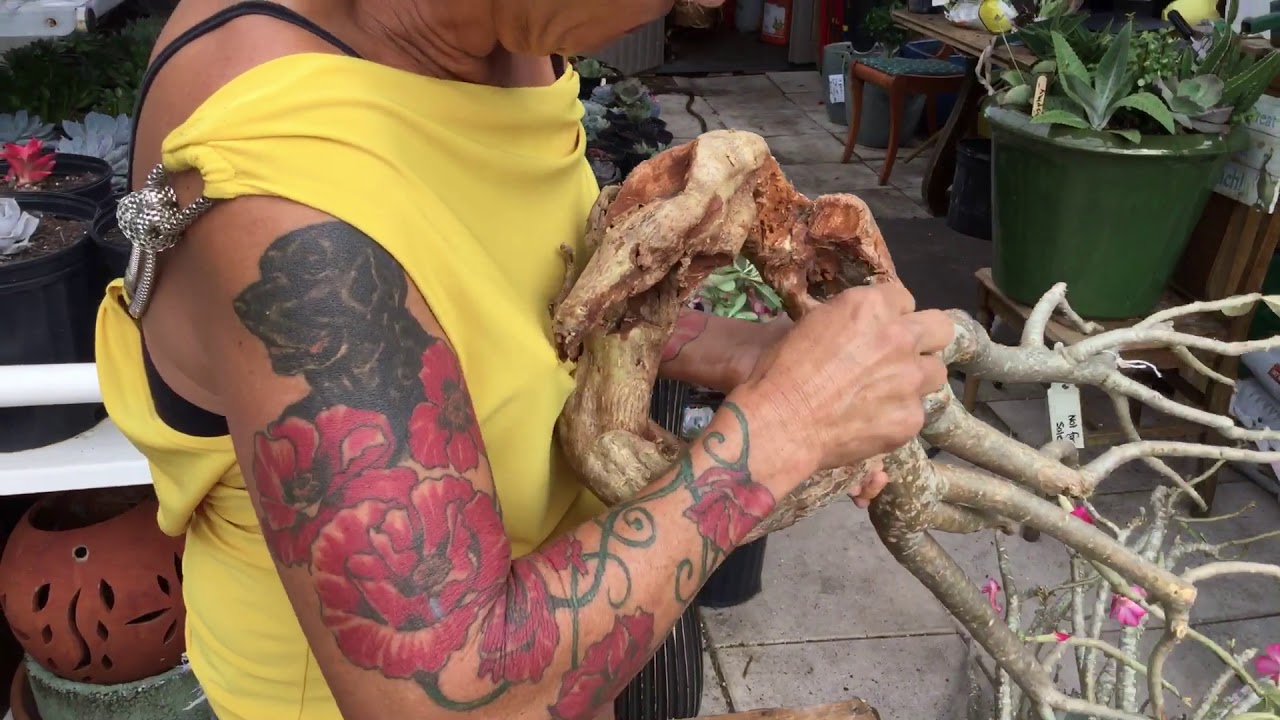
Caring for a Desert Rose plant after treating Root Rot is crucial to survival and recovery. Root Rot is a fungal disease that can be caused by overwatering or poorly drained soil, and it can quickly kill the plant. Once the plant has been diagnosed with Root Rot, it is essential to act fast and remove any affected roots with a clean and sharp pair of scissors.
After that, the plant should be replanted in fresh and well-draining soil, and the watering should be reduced. Once the plant is stable, monitoring the soil moisture level and avoiding overwatering is vital. The Desert Rose plant thrives in a warm and dry environment, so providing plenty of sunlight and adequate air circulation is essential.
Conclusion
Root rot is a common and potentially destructive problem for desert rose plants, but one that can be managed with proper knowledge and care. We have explored the causes and effects of desert rose root rot and the steps you can take to protect your plants from this dreaded malady. Desert Rose Root Rot is a serious problem that can wilt and weaken your plants. But fear not, fellow gardeners.
By understanding the causes and symptoms of this disease, you can prevent it from taking over your precious plants. Remember to keep your plants dry, avoid overcrowding, and use well-draining soil. With some knowledge and care, you can keep your desert rose thriving and blooming for years. So let’s bid farewell to root rot and say hello to healthy.
FAQ
[rank_math_rich_snippet id=”s-79bc8eab-7b21-46d8-89d2-48bec76690fc”]

I am passionate about home engineering. I specialize in designing, installing, and maintaining heating, ventilation, and air conditioning systems. My goal is to help people stay comfortable in their homes all year long.
